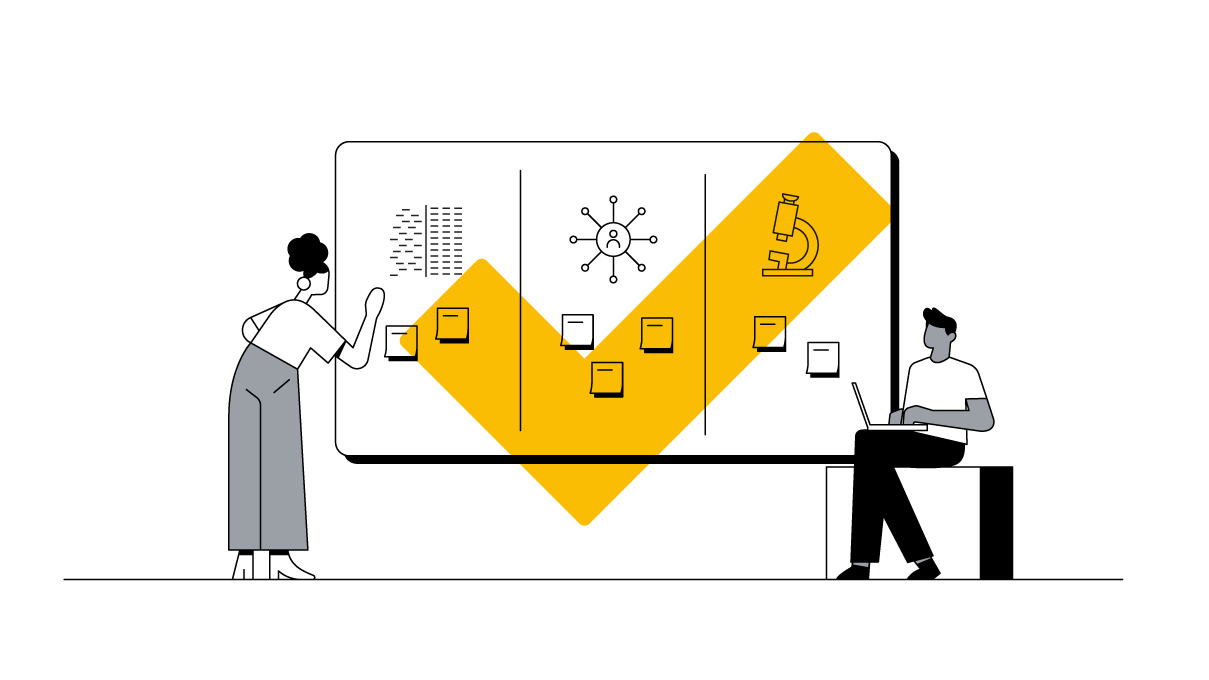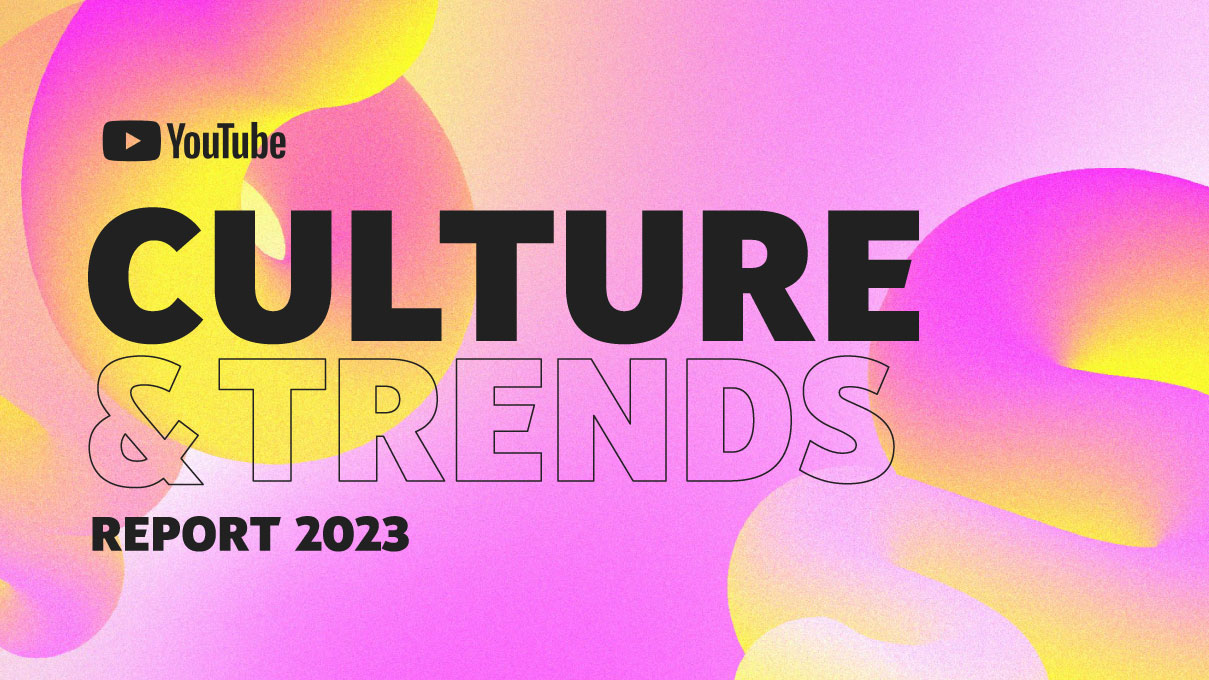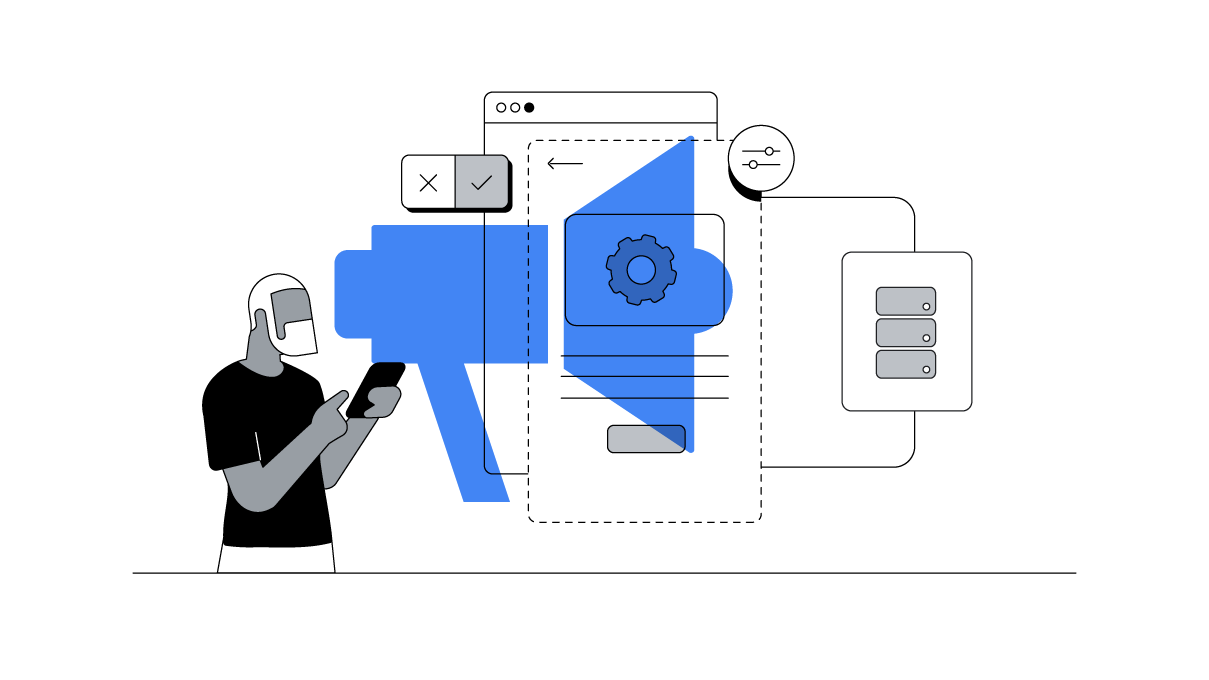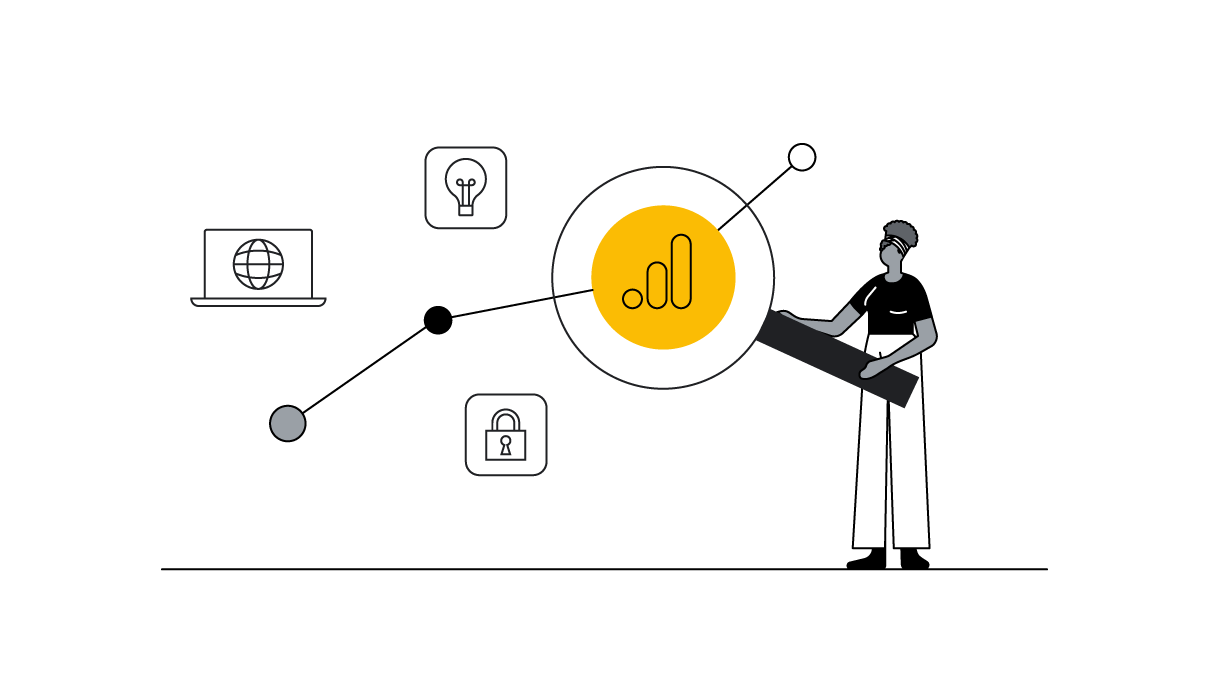People encounter more sustainability-related brand messages than ever, and with good reason: According to a recent Harris Poll survey sponsored by Google Cloud, the vast majority (85%) of executives acknowledge that customers are more likely to engage and do business with sustainable brands. Brand commitments to sustainability have proliferated, with sustainability marketing strategies amplifying those commitments — on food packaging, in car ads, even on energy bills. That means people see a ton of messages about the environment throughout the day.
Those messages represent many opportunities to appeal to customers’ values. How they are conveyed is critical to building brand trust.
We asked more than 3,000 Americans of different backgrounds to tell us about sustainability messaging that did not resonate with them to get a better understanding of how to connect on this important issue. Using a type of AI called natural language processing, we clustered and analyzed thousands of opinions by theme to identify how people felt about certain visuals, copy, and creative approaches. Here are three of the most common sustainability marketing pitfalls our research revealed.
Pitfall No. 1: Running broad climate education campaigns to drive action
U.S. survey respondents knew which parts of their day-to-day consumption were environmentally unsustainable, citing things like plastic use and driving, but they expressed frustration when they couldn’t afford to change their habits.1
“I wanted to start using compostable and plastic-free products but could not afford them.”
“I feel helpless when considering the impact of fossil fuel consumption. I can’t help driving my car when I need to.”
“I would like to buy an EV, but cannot afford it. I would also like solar panels, cannot afford those either.”
Educational campaigns can have limited or negative impact when they become constant reminders of barriers to change. Awareness of a sustainability-related problem is rarely the sole cause of inaction. Many people today understand their environmental impact and want to do something about it, but not everyone is in a position to opt into a more sustainable lifestyle. For example, paper straws, though better for the environment, are not universally accessible. Walking or taking the bus to work isn’t always feasible. Meanwhile, some sustainable options can be hard to find or more expensive than the default.
By integrating sustainability into existing products, brands can enhance people’s lifestyles, rather than interrupt or criticize them.
To avoid this pitfall, highlight easy-to-adopt, impactful options that are also cost or timesaving. Such “co-benefits” of climate action enable people to make the best choices for their own specific sets of circumstances. Case in point: Google Maps now shows the most fuel-efficient routes, which are often the fastest. Interest in fuel efficiency has grown globally over the past year.2 By integrating sustainability into existing products, brands can enhance people’s lifestyles, rather than interrupt or criticize them. Social proof is a powerful motivator, but research shows people underestimate just how many others are taking environmental action. To remedy this, we created a website for Earth Day that highlights climate actions that have gained traction over the last few years and a variety of steps people can take toward adoption.
Pitfall No. 2: Using dire warnings to spur action
While dramatic images of destroyed environments may emphasize the urgency of global action, they may also be overwhelming to individuals. When asked to describe “actions or attitudes that could make people feel bad about their impact on the environment,” many U.S. survey respondents pointed to images of landscapes ruined by trash, fires, or pollution, while some pointed to images of animal suffering.3
Brands and companies still have a place when it comes to helping people make positive changes in their daily lives.
Depicting the severity of an issue through poignant creative is a common way to engage people in a cause. Conveying the size of the problem with great urgency should, in theory, motivate people to act. While this may be effective for certain causes, it can sometimes be detrimental to others. Illustrating a massive phenomenon like climate change can easily overwhelm people and decrease feelings of individual efficacy.4
“I’m only one person. I can’t make a difference.”
“Seeing pictures and videos of the giant garbage pile in the ocean that is now bigger than the state of Texas ... made my stomach hurt. But I don’t know what can be done to fix it.”
“I always feel bad when I see the changing climate’s effect on animals. … I feel a little helpless.”
Brands and companies still have a place when it comes to helping people make positive changes in their daily lives. They just have to put those contributions in context. Rather than depict the harrowing consequences of inaction, focus instead on concrete, small-scale actions that add up to visible improvements. Even one-time changes that lessen impact over time — such as replacing light bulbs with LEDs — can empower customers to participate.
Consider using before-and-after visualizations that show the value of individuals’ and organizations’ combined efforts. Time-lapse videos can illustrate outcomes in powerful ways. Such visuals show that we haven’t gone past a point of no return and that measures to address the problem can still be effective. Reporting an initiative’s success to date can also make people want to be a part of the solution.
Pitfall No. 3: Pushing for sustainability as a quick way to build brand credibility
People may react negatively to being told what to do by brands. This type of purpose-driven advertising can be met with skepticism, with some viewing it as greenwashing. Many U.S. survey respondents pointed to insufficient evidence as a barrier to believing a company’s sustainability claims.5
“Most of the time [sustainable messaging] is just greenwashing.”
“Too much talk and not enough action.”
“Unless they can show proof [of] what they’re doing to protect the environment, I don’t fully believe it.”
The sentiments align with results from a global survey of top-level executives that had nearly 6 out of 10 (59%) admitting to overstating — or inaccurately representing — their sustainability activities. Reporting hard metrics can be an effective inoculation against exaggeration. If you are able to substantiate the value of your offerings, those who care about the cause might consider your proposition. At the very least, they might do some research on their end to learn more about your brand and its climate action goals.
Effective sustainability messaging is all about delivering reliable information to help people make better choices in the context of their lives.
Effective sustainability marketing and messaging is all about delivering reliable information to help people make better choices in the context of their lives. It’s also about unearthing essential data so that people can gauge and compare the impact of different offerings. For retailers, this might mean introducing features that highlight brands carrying Energy Star-certified products, allowing shoppers to filter for energy-efficient options with a single click.
The climate crisis is an urgent matter and individual changes to our lifestyles and behavior have an impact. The International Energy Agency estimates that around 55% of the cumulative emissions reductions needed to achieve “global net-zero” by 2050 are linked to consumer choices.6
While businesses and governments have an opportunity to lead the charge, they also have a critical role to play in making sustainable living more accessible and inclusive for all — by considering the multifaceted lives of customers who are already well aware of the changes they want to make.












